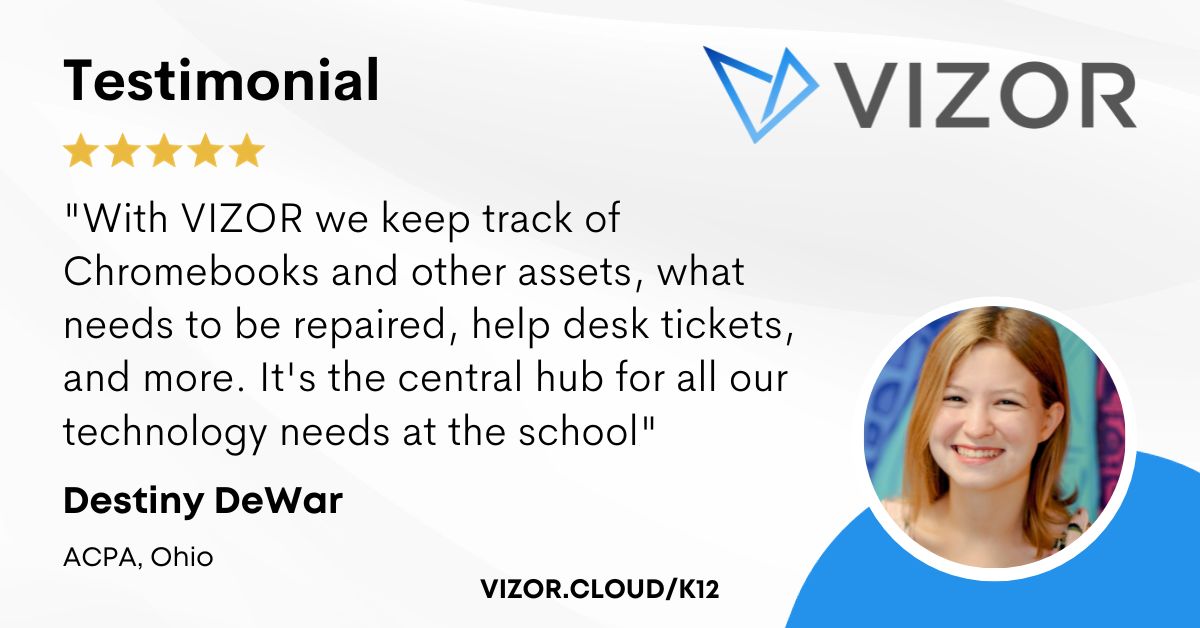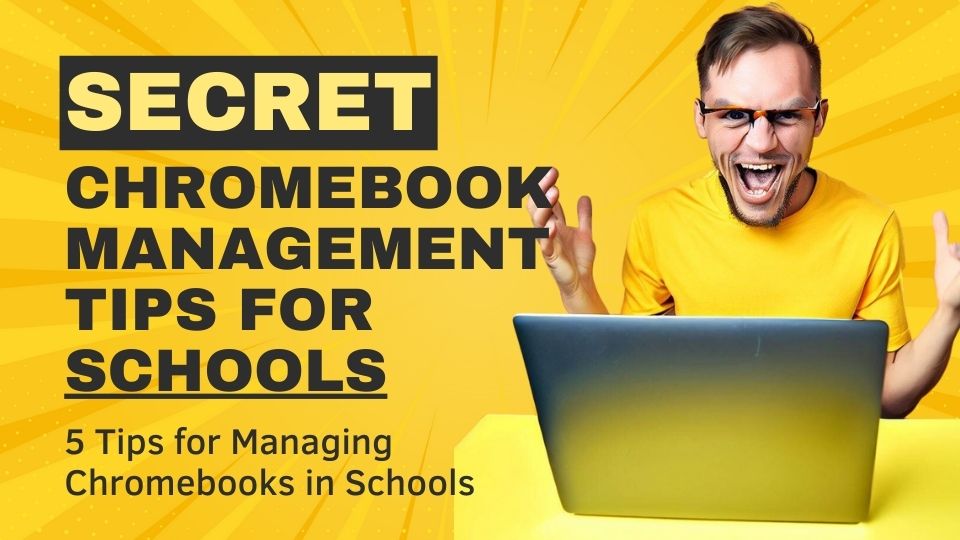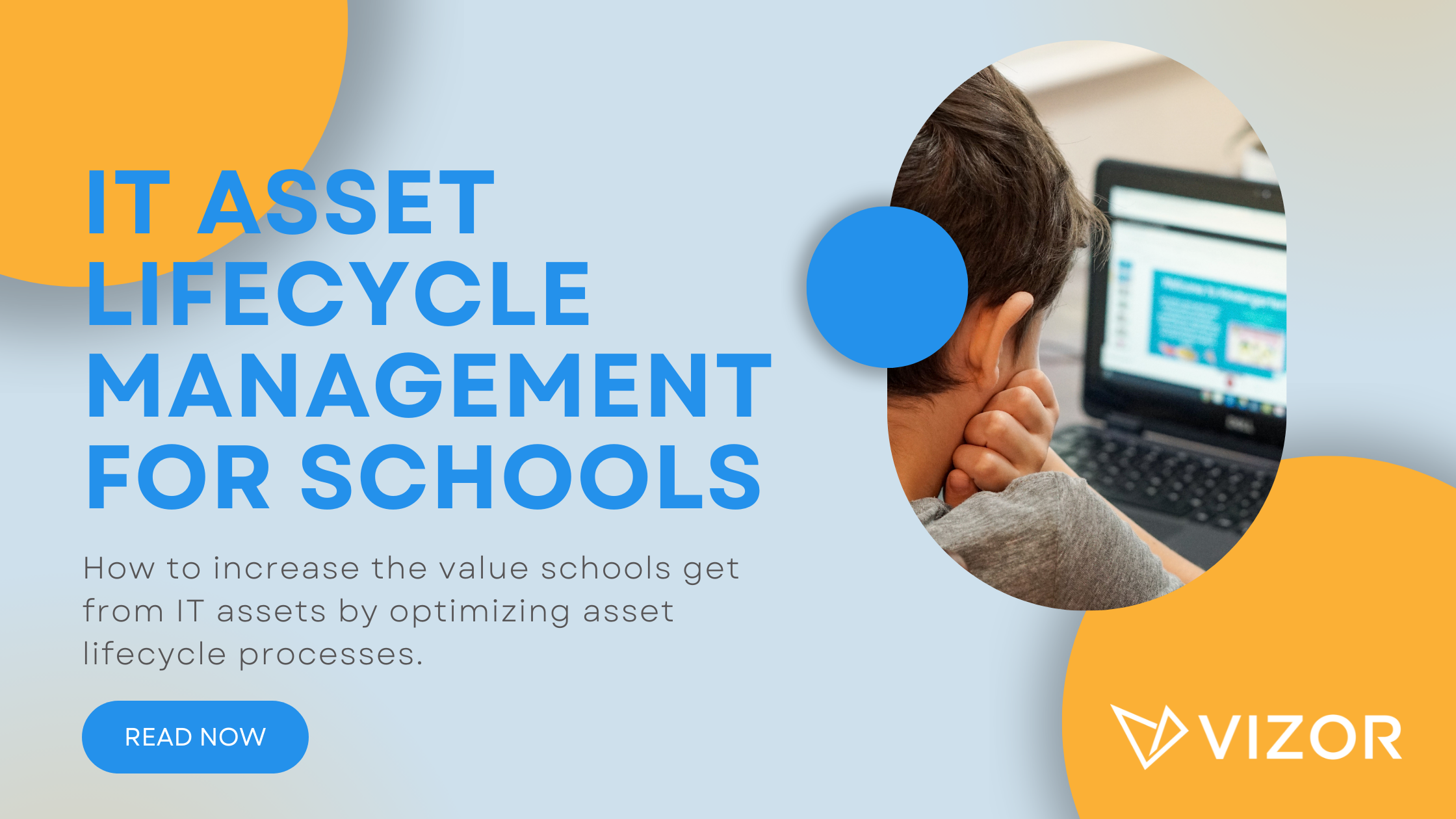How To Manage Device Checkout Programs in Schools
The process of lending equipment to students is common in the education sector. Students usually borrow laptops for a few hours or for the whole school day. Lending devices allow students to do high-quality work even when they don’t have access to technology on a regular basis. However, this basic loaning program requires major upgrades when schools start borrowing devices for a whole semester, or even the whole year.
A recent method to advance and encourage learning and teaching is the acquisition of laptops for distribution to their students for the entire school year. Among the popular portable computers on the market, Google is providing 50% of laptops to the Education Sector with their Chromebooks.
Before using such a program, this type of loaning program brings about many questions school districts need to resolve:
What’s the number of devices do we need to buy? How do we keep track of which student has which device? Can we distribute hundreds of devices without chaos? How do we maintain control of this program?
Lend Chromebooks to Students with Confidence by:
-
Improving your control
-
Making distribution easier
-
Tracking Program’s Success
Luckily, the answers are easy with Chromebook management software. Although primarily used by the IT department, school districts and universities are discovering the benefits of using them to make the entire loaning process, easier. Let’s explore four ways a Chromebook Management software benefits device checkout programs:
Improves Control
The primary issue schools face when introducing a device loaning program is responsibility. For schools to maintain control over such programs, they need to know exactly who has which device, at all times. Common approaches to solving this problem typically involve solutions like manual tracking in a basic spreadsheet. This method isn’t ideal for consistent control of an on-going program. The information in this process is only updated when the devices are brought back, in order to see the device’s distribution and what information changed. Only when the year is over do schools know the number of devices they have, as well as the number of ones lost and damaged.
School District Inspector General, Ken Bramlett reported that Los Angeles Unified School District “did not have a complete, adequate & centralized inventory of all its computers.” As a result, almost $200 000 worth of computers ended up stolen or lost. In addition, over 3000 devices were unaccounted for.
A Chromebook Management software holds information in one central location and is constantly updated. The software offers schools better control over the program which emphasizes student responsibility and reduces theft and damage.
Makes Distribution & Maintenance Easier
A Chrome device manager has a feature called check-in/check-out which makes the distribution of devices easier. It gets data from the student, staff and inventory directory. After combining this information with the software’s ability to use barcode readers to scan equipment, schools easily track which student is using which device. Inventory is also properly tracked and monitored. IT Asset Management solutions are capable of locating assets. Therefore, the solution can find a device when a student lost it.
Having all this information centralized in one location makes it easy for the information to update throughout the year. For example, if a student requires a replacement laptop. The change is easily identifiable and changed in the system. The central information also streamlines IT tasks. For example, if a student brings in a laptop due to an issue, IT can check the purchasing information to see if it still under warranty. This drives processes to be more efficient, rather than taking several weeks, even past the expiry of the warranty.
Tracks Program’s Success
Chromebook management software has reporting capabilities that will help analyze the success of the loaning program. Determine the number of hours spent on distribution, maintenance, repairs, and solving incidents. Focus on the metrics most important to you and set up email alerts to automatically send the reports to specific people at specific times. Maintain control over the loaning program by constantly updating it with the help of ITAM reporting capabilities.
A Chromebook Manager gives schools more control over their device checkout programs. It provides centralized data providing valuable information on who is borrowing which device, the location of the device, inventory status, and software accessibility to students. It even streamlines distribution and maintenance processes as well as reduces the chances of theft by holding students accountable. Finally, measure the success of your lending program with reports.
How to simplify student device management in your school.
Need a School IT Asset and Device Management Solution?
- Google Admin Sync
- Simplify 1:1 Initiatives
- Track Device Repairs
- Barcode Check-In/Check-Out





